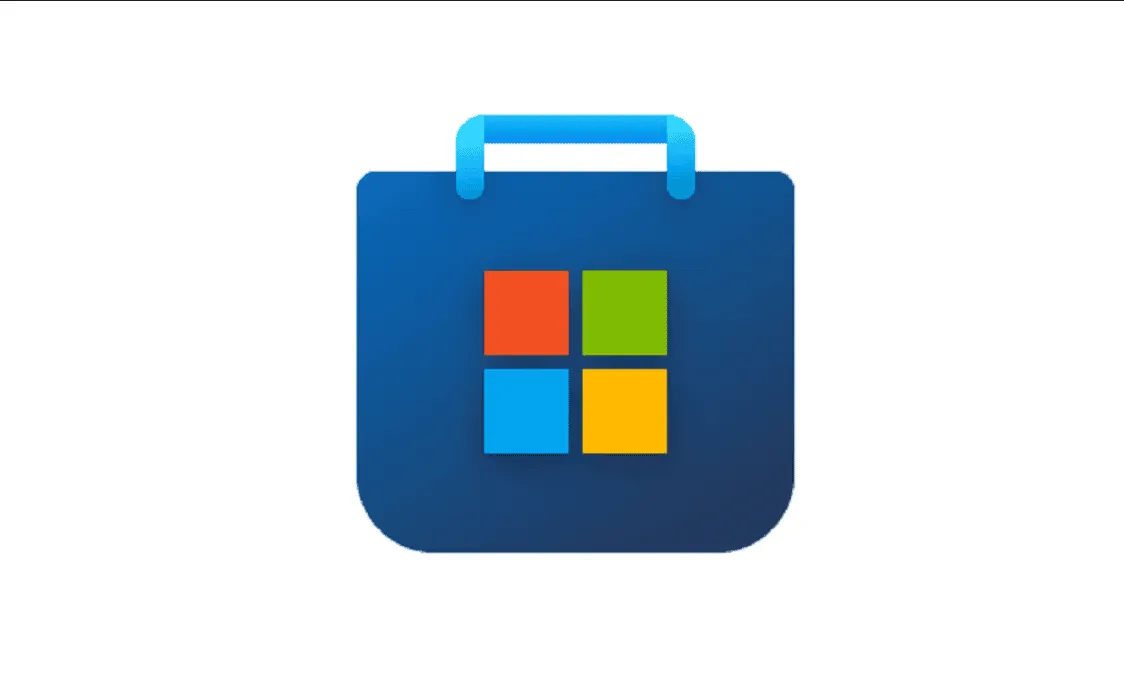microsoft windows
myths
operating system
windows
computer basics, computer habits, desktop, f5 key, file explorer, file system, microsoft windows, productivity, refresh, shell, system performance, tech myths, tech tips, user interface, windows, windows guide, windows shell, windows tips, windows tricks, windows ui
9M2PJU
0 Comments
What Does the Refresh Option Really Do on Windows?
You’ve probably right-clicked on the Windows desktop and selected Refresh, or pressed F5, dozens of times—maybe even out of habit. But what does the Refresh option actually do? Is it speeding up your PC? Clearing RAM? Fixing background problems?
Let’s debunk the myths and take a deep look at what Refresh actually does on Windows, how it works under the hood, and when you should (or shouldn’t) use it.
🔄 What Is the Purpose of “Refresh” in Windows?
The Refresh option in Windows simply tells the system to repaint the graphical interface and update the display. It’s a way to make sure what you’re seeing matches the current state of the file system or environment. It does not optimize system performance or clean memory.
On the Desktop
When you right-click and hit Refresh on the desktop, Windows will:
- Redraw all desktop icons and reapply alignment/grid.
- Query the file system to check for newly added, moved, or deleted files on the desktop.
- Fix minor UI glitches like missing icons or incorrect thumbnails.
- Reset folder views (sort order, spacing) if they weren’t rendered correctly.
This is particularly helpful when icons don’t update after changes made from the command line, scripts, or third-party tools.
In File Explorer
Inside File Explorer, hitting Refresh (or pressing F5) does the following:
- Re-scans the current folder.
- Updates file and folder names, timestamps, and icons.
- Renders newly created or deleted files.
- Refreshes overlay icons (e.g., cloud sync status) and folder states.
- Re-applies sorting, filtering, and grouping rules.
This is often necessary when:
- Files are added to a folder by another program (e.g., via download or sync).
- Network folder contents change and are not auto-updated.
- External storage devices are mounted or updated.
⚙️ What Happens Under the Hood?
Internally, when you invoke a refresh, here’s what Windows does:
- Sends a message (
WM_COMMAND,SHCNE_UPDATEDIR, or similar) to the Shell or File Explorer window. - The shell queries the file system for the folder’s contents again.
- Windows repaints the UI, re-rendering the icons, layout, and overlays.
- For the desktop, it refreshes based on the contents of
C:\Users\<YourUsername>\Desktop.
In some cases, Windows uses SHChangeNotify to watch for changes. But if those changes are missed or delayed (which can happen, especially with buggy third-party extensions or network paths), a manual refresh forces a recheck.
🖱️ Right-Click > Refresh vs. F5 Key
These two methods are functionally identical.
| Method | Effect |
|---|---|
| Right-click > Refresh | Sends a system refresh command to the shell |
| Pressing F5 | Sends the exact same signal as the context menu |
There is no difference in speed, effectiveness, or functionality. It’s just a matter of personal habit.
❌ Myths and Misconceptions
Let’s bust a few popular myths:
❌ “Refreshing makes the PC faster”
Wrong. It does not clean RAM, close background processes, or boost CPU speed.
❌ “It clears the cache”
Not true. Refresh does not clear system or application cache. It only re-reads the contents of the UI being displayed.
❌ “You should refresh your PC often”
There’s usually no need to refresh unless something looks visually wrong. Excessive refreshing is just habit.
✅ When You Should Use Refresh
Here are some legit reasons to refresh:
- Icons or files not displaying properly.
- Recently copied files aren’t visible yet.
- External devices (like USB drives or SD cards) don’t show their content.
- UI glitches like overlapping or duplicated icons.
- Cloud sync overlays not updating (OneDrive, Dropbox, etc.).
🧠 Fun Fact: Why People Do It Repeatedly
Many users from older Windows versions (like Windows 95, XP, and 7) developed a habit of refreshing because:
- Early shells were slow to auto-update.
- Some file changes didn’t appear unless manually refreshed.
- Certain programs wouldn’t trigger UI updates properly.
That habit still persists today, even though modern versions of Windows (especially 10 and 11) handle auto-refresh quite well in most cases.
Conclusion
The Refresh option in Windows is a simple UI update command. It’s useful when the interface is out of sync with the actual state of your files or desktop, but it’s not a performance tool or system optimizer.
So next time you find yourself spamming Refresh on your desktop for no reason… relax. Unless you’re trying to fix a display issue, it’s doing absolutely nothing.







Post Comment